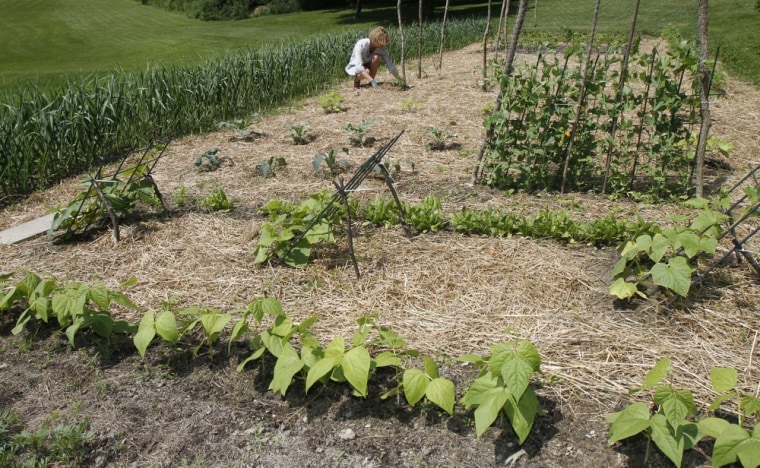Planting a backyard vegetable garden is an age-old tradition that is coming back into style in a big way. Gardeners have many reasons — both financial and non-financial — for growing their own food. Some want to eat only local foods, some like the fact that they can grow organically and some just want to save money on their grocery bills. If the financial side of growing your own food is a concern for you, here are five things to analyze to ensure that you are coming out ahead:
Upfront costs
If you are starting your garden from scratch, you will need to purchase equipment, seeds, fertilizers and everything else that goes into building and maintaining a vegetable garden. As with any other hobby, you can spend tens of dollars or hundreds of dollars, depending on the equipment and other accessories you choose to buy. You may need to bring in purchased soil if yours is not rich enough. You may also need shovels, tillers, material for raised beds, trellises, hoses and a host of other implements. If you buy only the basic materials second-hand, you can save a significant amount of money.
Ongoing costs
Once you have all of your equipment and materials purchased for your garden, there are some costs that you will incur on an annual basis to keep the garden going. You will have to purchase seeds or seedlings if you are not saving your own from year to year. You will also need fertilizer and any pesticides that you may be using. You can save a significant amount of money if you grow heirlooms and save the seeds, and also set up a compost bin to make your own fertilizer.
Annual versus perennial
The value of growing food varies significantly depending on whether you are growing annuals or perennials. Annuals provide a single-season crop and then must be planted again in future years to continue to harvest food. Examples of annuals are tomatoes, lettuce, peas and corn. Perennials provide a crop every year without having to replant depending on your climate zone. They are often far less work than annuals and provide a significant amount of food. For example, Rabbiteye blueberry bushes can produce up to a bushel of blueberries in a season and can grow for up to 40 years without replanting. Other examples of perennials include oregano, chestnuts, apples and rhubarb.
Higher nutrient value
Various studies disagree on whether organic vegetables contain more nutrients than non-organic ones. However, most agree that just-picked vegetables and fruits contain more nutrients than ones that have been picked unripe and shipped over thousands of miles and potentially several weeks. If you are eating vegetables from your backyard, you may not need to take a daily vitamin supplement and this can save over $100 a year for a family of four.
Comparing (organic) apples to apples
If you do choose to grow your garden organically, be sure you are comparing your costs to the price of purchasing similar quality organic vegetables in the grocery store. Organic vegetables and fruits in the store are often significantly more expensive than their non-organic counterparts and your costs of growing them will compare more favorably.
The bottom line
Growing your own vegetable garden is a hobby that may keep some money in your wallet. However, it is possible to overspend and lose the financial benefits. Engage in it only if you enjoy the work and you may save money on your grocery bill at the same time.
More from Investopedia
